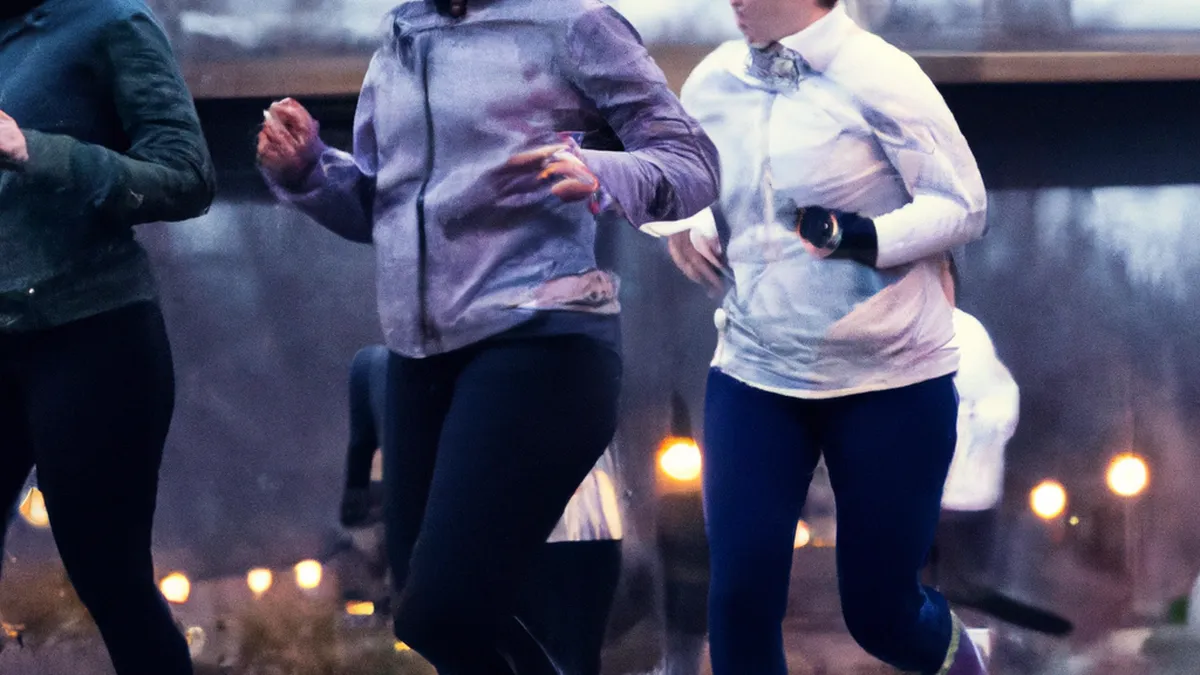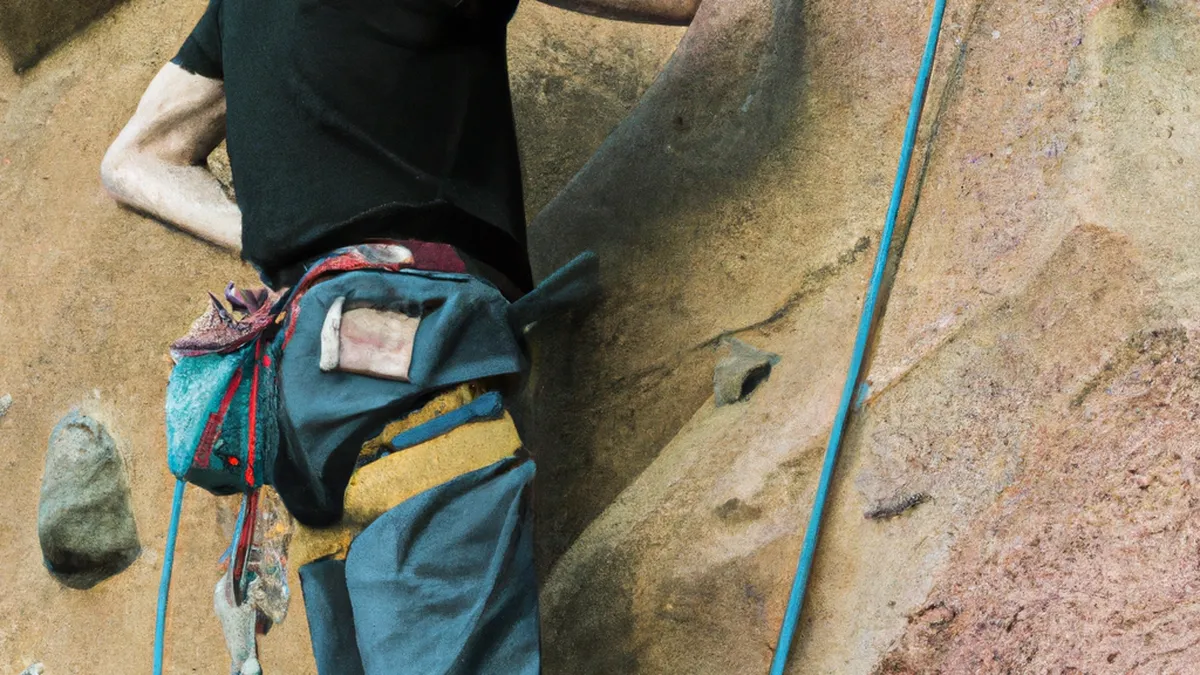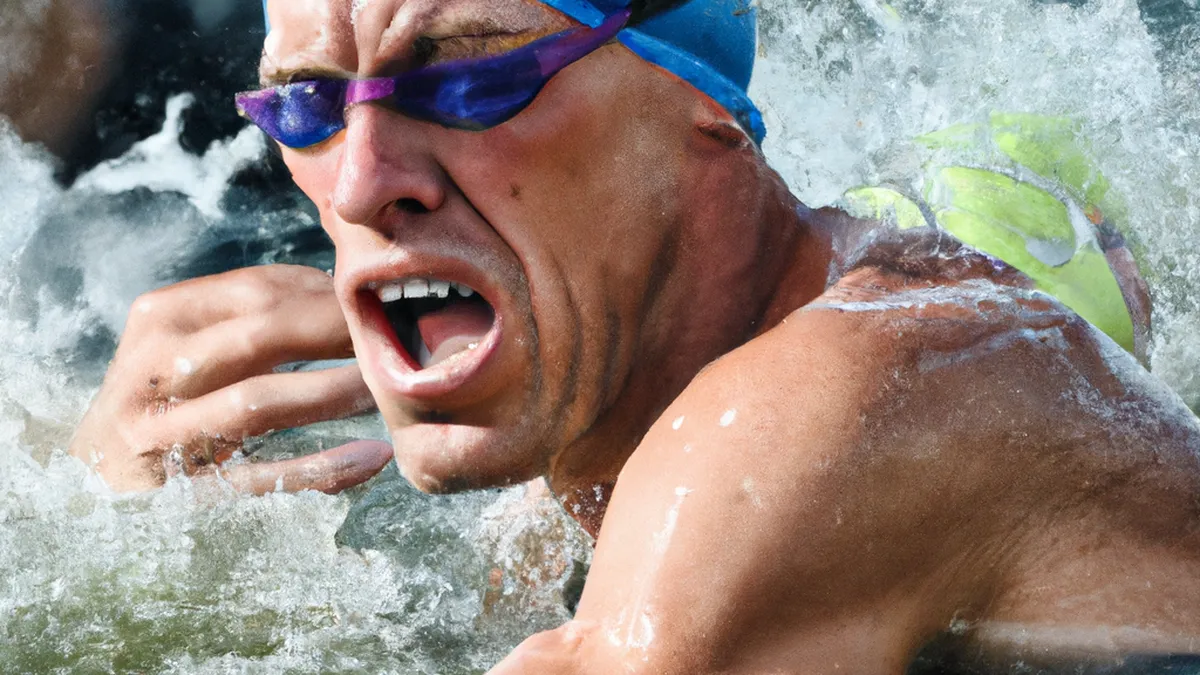Step Up Your Game with Cadence Insights
Understanding the Significance of Cadence in Running Efficiency
As an Amazon Associate I earn from qualifying purchases.
Gear tip: consider running shoes, gps running watch and hydration vest to support this workout.
Running involves more than just moving feet; it requires precision, technique, and body awareness. Cadence plays a crucial role in running efficiency, injury prevention, and performance. This blog post explores cadence’s importance, its effects on running, and tips to improve it.
What is Running Cadence?
Running cadence measures how quickly your feet hit the ground, expressed in steps per minute (SPM). Elite runners typically maintain around 180 SPM, while recreational runners often fall between 150 and 170 SPM. A lower cadence can cause overstriding, increasing injury risk and inefficiency. Optimizing your cadence enhances your running experience.
The Connection Between Cadence and Running Economy
Running economy describes the energy used at a given pace. Research shows a higher cadence improves running economy. Runners with higher cadence land feet closer to their center of mass. This reduces braking force when feet land too far ahead, leading to efficient energy use. Thus, a higher cadence allows you to run faster with less energy, especially over long distances.
Tips to Improve Your Cadence
Improving cadence takes practice and dedication. Here are practical tips to increase your step rate effectively:
1. Use a Metronome or Music
Try using a metronome or music with specific beats per minute (BPM) to increase cadence. Set the metronome between 160 and 180 BPM. Match your foot strikes with the beat as you run. This method makes runs enjoyable while improving focus on cadence. If you prefer music, create a playlist with songs that match your desired cadence.
2. Focus on Shorter Strides
Focus on shorter strides to improve cadence. Longer strides often lead to overstriding, increasing braking forces and inefficiency. Instead, aim for more frequent and shorter steps. This approach helps maintain speed and promotes a natural running form. Practice running lightly and quickly to develop this shorter stride pattern.
3. Incorporate Cadence Drills
Integrate cadence drills into your training routine to reinforce your new stride pattern.
Conclusion
In summary, understanding and improving your cadence can significantly enhance your running efficiency and performance. Implement these tips to optimize your running experience.
Below are related products based on this post:
FAQ
What is running cadence and why is it important?
Running cadence measures how quickly your feet hit the ground, expressed in steps per minute (SPM). It is important because a higher cadence can improve running efficiency, reduce the risk of injury, and enhance overall performance. Optimizing your cadence helps maintain a natural running form and minimizes overstriding, which can lead to inefficiencies.
How can I improve my running cadence?
You can improve your running cadence by using a metronome or music with specific beats per minute to keep your foot strikes in sync. Additionally, focusing on taking shorter strides rather than longer ones can help increase your step rate. Incorporating cadence drills into your training routine is also an effective way to reinforce the new stride pattern.
What is the connection between cadence and running economy?
Running economy refers to the energy used at a given pace, and research shows that a higher cadence can improve this economy. Runners with a higher cadence tend to land their feet closer to their center of mass, which reduces braking forces and allows for more efficient energy use. Thus, a higher cadence enables runners to cover distances faster and with less effort.















Post Comment